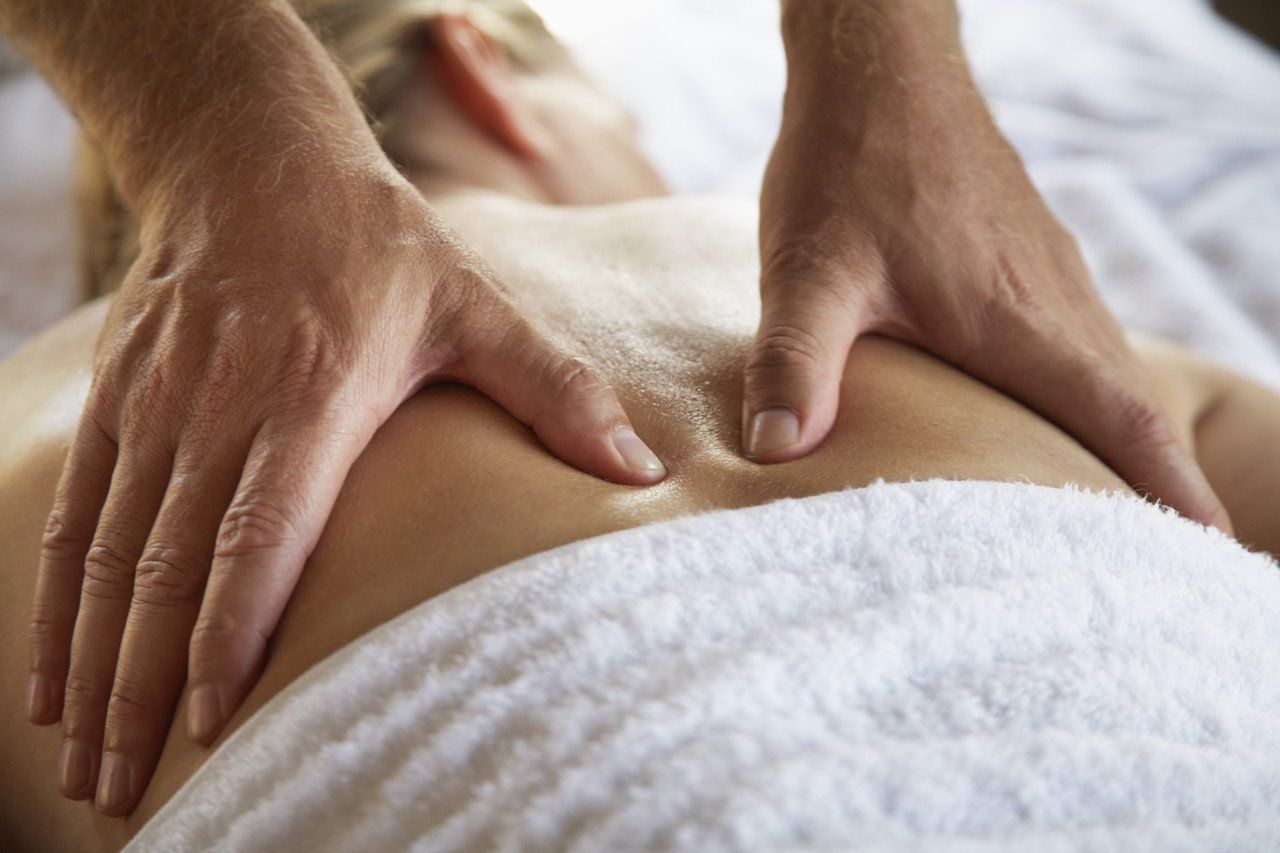Sedentary lifestyle and how massage can help.
Yury Kanavalau • 21 May 2025
The Hidden Costs of a Sedentary Lifestyle — And How Regular Massage Therapy Can Help
In the modern age of digital convenience, many of us spend more time sitting than ever before—at desks, in cars, and on sofas. While technology has made our lives easier, it has also contributed to a widespread sedentary lifestyle that poses serious risks to both physical and mental health. Long hours of sitting, minimal physical activity, and high-stress environments are taking a toll on our bodies in ways we might not even notice—until the symptoms catch up with us.
Fortunately, there are effective ways to counteract this trend. One powerful, often overlooked solution is regular massage therapy. At YK Wellness, we’ve seen first-hand how consistent massage treatments can play a vital role in reversing the negative effects of a sedentary lifestyle and helping clients reclaim a healthier, more balanced life.
The Impact of a Sedentary Lifestyle on the Body
A sedentary lifestyle is defined by a lack of physical activity and prolonged periods of sitting or inactivity. This is now recognized as a major public health concern worldwide. According to the World Health Organization, physical inactivity is the fourth leading risk factor for global mortality, responsible for an estimated 3.2 million deaths annually.
Common Physical Consequences
1. Muscular Imbalances and Postural Problems
Sitting for extended periods causes certain muscles—like the hip flexors, chest, and lower back—to become tight and overactive, while others—like the glutes and core—become weak and underused. This imbalance often leads to poor posture, with rounded shoulders, forward head position, and anterior pelvic tilt.
2. Neck, Shoulder, and Back Pain
One of the most common complaints from office workers and those with desk jobs is chronic pain in the neck, shoulders, and lower back. These areas bear the brunt of our sedentary habits, especially when combined with stress and poor ergonomics.
3. Reduced Circulation
When we sit for too long, blood flow slows down. This can cause swelling in the legs and feet, increased risk of blood clots, and reduced oxygen delivery to muscles and tissues, which impairs recovery and promotes fatigue.
4. Joint Stiffness and Loss of Flexibility
Lack of movement limits the natural lubrication of joints, leading to stiffness and reduced range of motion—particularly in the hips, knees, and spine.
5. Weight Gain and Metabolic Issues
Physical inactivity slows metabolism, leading to increased fat storage and a higher risk of obesity, type 2 diabetes, and cardiovascular disease.
Mental and Emotional Effects
The sedentary lifestyle doesn’t only affect the body—it significantly impacts the mind.
1. Increased Stress and Anxiety
Reduced physical activity means fewer opportunities to release endorphins—natural mood boosters. Combined with work-related stress, this can lead to elevated cortisol levels, anxiety, and even burnout.
2. Decreased Energy and Focus
Ironically, too much rest can leave us feeling more tired. Without regular movement, energy levels drop, and mental clarity can suffer. Many people report brain fog, lack of motivation, and poor concentration.
3. Sleep Disturbances
Sedentary habits can contribute to disrupted sleep patterns and insomnia, especially if pain or tension builds up in the body over time.
How Massage Therapy Can Help
Massage therapy offers a powerful, holistic approach to counteracting the damage caused by inactivity. At YK Wellness, we offer a variety of therapeutic massage treatments specifically designed to support clients dealing with sedentary stress.
1. Releasing Muscle Tension and Improving Posture
Regular massage helps loosen tight muscles and fascia (connective tissue), especially in areas affected by poor posture—like the neck, shoulders, lower back, and hips. Techniques such as deep tissue massage, trigger point therapy, and myofascial release can break up adhesions, improve alignment, and support a more natural, upright posture.
As muscle tension eases, the body starts to re-balance itself. Over time, this can significantly reduce pain and discomfort caused by long-term sitting.
2. Boosting Circulation and Lymphatic Flow
Massage stimulates blood and lymphatic flow, which is particularly important for people who spend long hours sitting. Improved circulation means better oxygen and nutrient delivery to tissues, faster removal of metabolic waste, and reduced risk of swelling and clotting in the legs and feet.
Techniques like manual lymphatic drainage (MLD) are especially effective for reducing water retention and boosting the immune system.
3. Enhancing Joint Flexibility and Range of Motion
By stretching and manipulating soft tissues around the joints, massage helps maintain joint flexibility and prevent stiffness. Regular sessions can keep the spine, hips, and shoulders mobile—making daily movement more comfortable and reducing the risk of injury.
Massage can also complement physical exercise or stretching routines by preparing the muscles for movement and helping them recover more efficiently.
4. Reducing Stress and Supporting Mental Health
One of the most immediate benefits of massage therapy is relaxation. The soothing touch of massage decreases cortisol levels and increases the production of serotonin and dopamine—chemicals that promote happiness and calm.
Clients often report feeling not just physically better, but mentally lighter after a massage. At YK Wellness, our treatments are designed to address both the physical symptoms of tension and the emotional roots of stress.
5. Improving Sleep Quality
Massage is known to improve sleep patterns by calming the nervous system and reducing muscular discomfort that might disturb rest. Clients who receive regular massage often fall asleep faster and experience deeper, more restorative sleep.
Better sleep supports everything from mood regulation and immune function to metabolism and mental clarity.
Creating a Consistent Wellness Routine
To effectively counteract a sedentary lifestyle, massage should be part of a broader self-care routine that includes:
- Regular physical activity (e.g., walking, yoga, or strength training)
- Ergonomic workspaces to support healthy posture
- Stretching and mobility work to maintain flexibility
- Hydration and balanced nutrition
- Mindfulness or stress-management practices
At YK Wellness, we help clients develop personalized wellness plans that include regular massage treatments—whether weekly, bi-weekly, or monthly—based on their lifestyle, goals, and physical needs.
Final Thoughts
The negative effects of a sedentary lifestyle can creep in slowly but have serious long-term consequences if left unaddressed. Chronic pain, postural issues, mental fatigue, and poor circulation are not just the price of modern life—they’re signals from your body that change is needed.
Massage therapy is a proactive, natural solution that addresses both the physical and emotional toll of sitting too much and moving too little. Whether you're dealing with back pain, stress, or simply want to feel more connected to your body, regular massage can help restore vitality, improve mobility, and boost your overall sense of wellbeing.
Let YK Wellness support you on your journey toward a healthier, more balanced lifestyle—one massage at a time.







